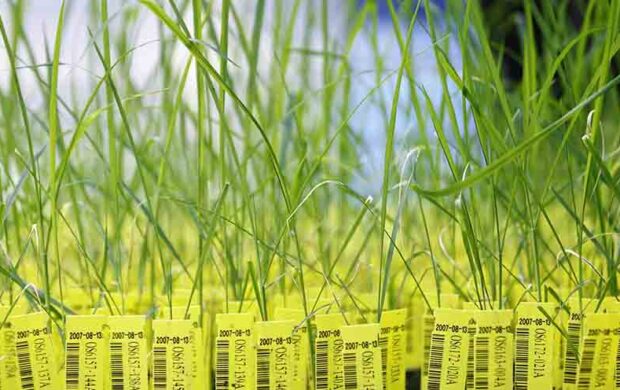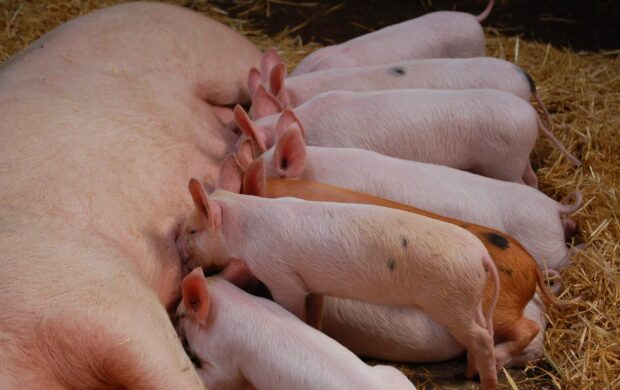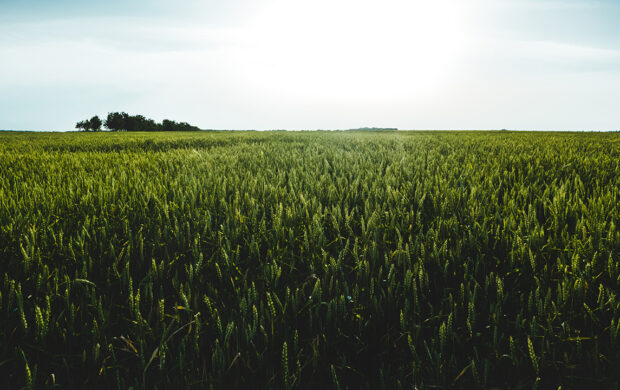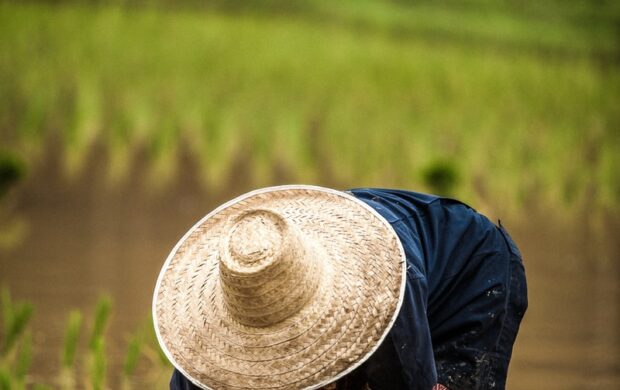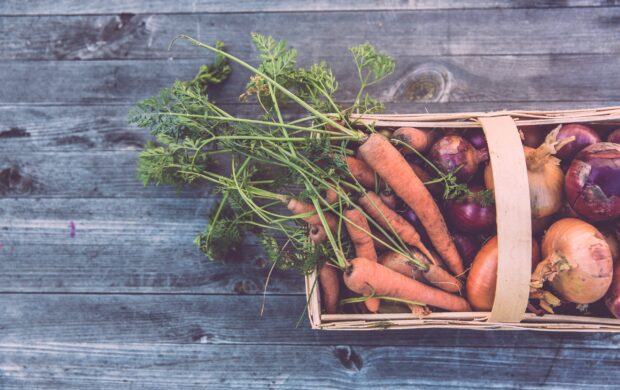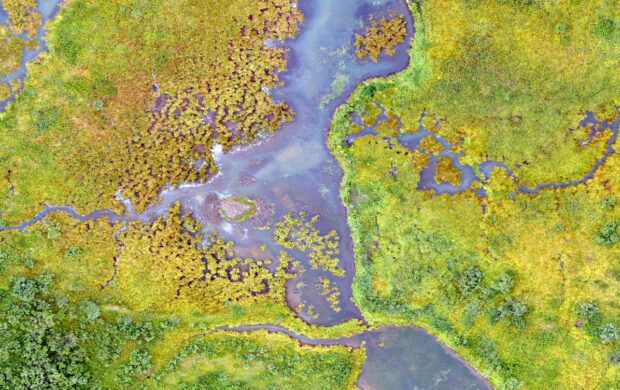The farming sector remains one of the most important among different industries. People engaged in agribusiness are working 24 hours to increase crops yield and livestock growth. Despite the fact that their life became much easier for today, they still need some technical assistance to save costs and improve productivity at the same time. This is where mixed reality and artificial intelligence technologies come to the rescue. Their capabilities seem almost unlimited. And we will prove you it.
We are standing on the threshold of great discoveries. You simply cannot skip them! So hasten to read this article.
What is Mixed Reality?
Mixed Reality (MR) is a term gaining its popularity today. It defines a combination or union of two virtual environments where two worlds coexist together. Sometimes a mixed reality is called a hybrid reality.
Let’s discover some mixed reality examples. It makes it possible to simultaneously investigate a virtual environment and real world as a single whole. Using real environment and coordinates virtual objects can be placed in a real world. When a user approaches a certain object, it is enlarging, when moves away – it is shrinking. Owing to a virtual reality, users can explore an object from different angles and at any distance. Besides, a mixed reality allows users to affect virtual object and interact with them as if they were in the same place.
Mixed reality can turn your smartphone into an interactive handbook where the informational environment for places we are located in is building on. How does MR technology affect farming? 3D-mapping technology makes it possible to turn fields into the virtual environment where farmers can generate different scenarios of crop cultivation, even if they seem fantastic in real life. Special software combined with webcams in a virtual environment augment physical objects as well as integrate us into the virtual world.
Owing to unique capabilities and experience a hybrid reality has, developers start investigating different ways of efficient use of this technology in diversified areas. Present-day medicine, architecture, education, and smart farming are the most advantageous fields for the application of a hybrid reality technology.
Machine learning in agriculture
Machine learning – a complex statistics application for search of consistent patterns in data and development of required forecasts – has eased the process of a task assignment. Developers do not have any longer to build special programs for their computers to solve one task or another. Instead of this, a computer is taught to find the problem by itself, without any assistance. A real breakthrough in the world of information technologies. And, considering technical capabilities of AI, agriculture field cannot be ignored.
History of machine learning has begun in the 1950s when computer scientists managed to teach a computer to play chess. Since then, together with computing capacity, the complexity of consistent patterns and forecasts computer is capable of drafting and detecting has been growing. As well as the complexity of problems computer can resolve today, and farming problems are also included in this list. Moreover, machine learning is a subdivision of artificial intelligence (AI), so complex methods of smart intelligence are applied in ML technology.
How does ML work in farming practices? The algorithm gets a range of training data and then uses it for requests processing. For example, you can upload in the computer a few pictures with the description like ‘A flower is depicted on the image’ and ‘There are no flowers at this image’. If you add new images to the database after this, it will start identifying pictures with flowers on its own.
The algorithm keeps on improving. Right and wrong results of an image recognition are sent to the database, and software is becoming smarter with every processed image. In some sense, such process can be compared to building a muscle – the more you train, the stronger you get. The more images you have downloaded in the program, the more precise result it will produce.
Thus, AI and machine learning, in particular, can significantly change the agriculture and the whole smart farming field. How? The answer is waiting for you.
Automated farming: how it works
Farming is one of the most ancient human activities. Throughout history generations of people improved their skills in sowing, cultivating and harvesting crops. Such skills gave people a chance to feed themselves. Of course, agricultural tools have always been developed throughout history so today we use mechanical tools instead of their heavy manual counterparts. But computer and similar technologies always seemed to be incompatible with a farming sector. And not so long ago people even didn’t imagine how to combine them. However, everything has changed and there is a strong impact of technology on agriculture nowadays.
Population growth
The mission of a farming sector is to satisfy basic human needs in nutrition. Availability of agriculture has always been a critical factor in a population survival and growth. As modern cities are densely populated, people have to find new sophisticated means to harvest more crops at limited land sections. Implementation of agrochemicals, genetic manipulation and fertilizers on the one hand and information technologies and innovative farming equipment, on the other hand, will help humanity to avoid starvation. Smart farming solutions can save the world if people apply them wisely.
Furthermore, scientists need to find the way to make crops flood and drought resistant in order to grow them in regions with uncertain climatic conditions.
Besides that, it is highly required to find the way to use less water for crops. In the light of all the above, it is impossible to avoid implementation of smart technologies since they can be advantageous and helpful for the whole world population.
Technologies use cases
Today city farming is gaining its popularity among the urban population. Dubbed vertical farming is one of the leading directions of city farming since it makes it possible to grow fruits and vegetables right indoors in the downtown of a big city. In other words, such harvest can be grown on walls and roofs of buildings. This tendency seems to be a solution to the problem of lack of nutrition. In addition, such technique allows growing crops 20% faster and use 90% less water. Thus, this method can be applied as well even in a very dry region like Eastern Africa.
Second, smart sensors come to rescue today. They can monitor all plants’ vitals, send all necessary data in a real-time mode. Here where machine learning comes in. Algorithms check all information, explore it to predict what pests can attack it. Also, mixed reality applications make it possible for farmers to monitor crops condition using special helmets with virtual and augmented reality.
As an example, we can take Plant.IO system. PVC pipes equipped with sensors, lights, cameras etc. are located around the perimeter of the field or greenhouse. All information is sent to the server where machine learning algorithm processes this information and analyzes the whole process. Such mixed reality technology as AR-glasses allow users to see the plant with augmented objects from any point of the world.
What is the sense in it?
It may seem fantastic but the combination of a game with agriculture can really lead to a new level of a crop management and cattle breeding control. This level will be much more convenient and comfortable for farmers. Artificial intelligence together with mixed reality provides everybody with an opportunity to monitor and manage their fields from afar. Thus, previous hard work turns into a funny game due to a merger of technology and farming. What can be better?

